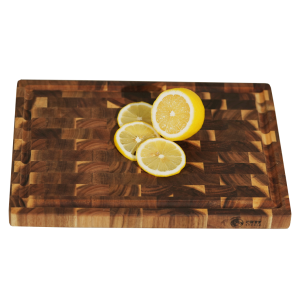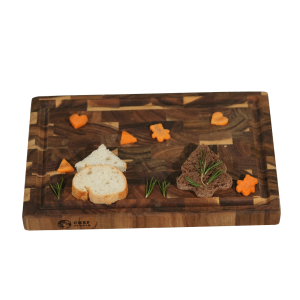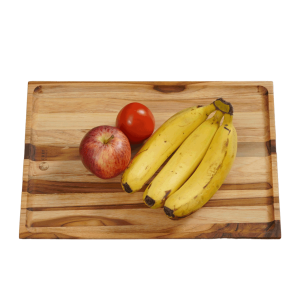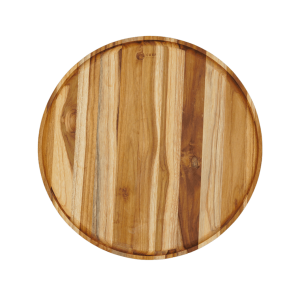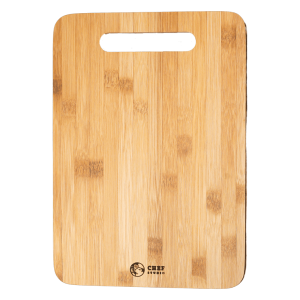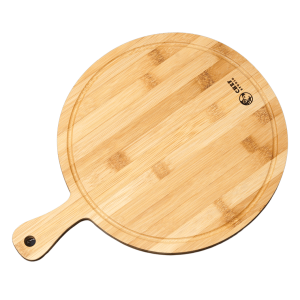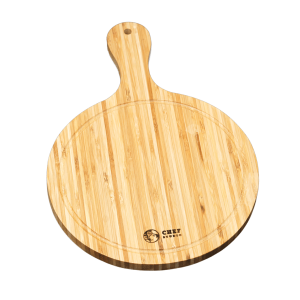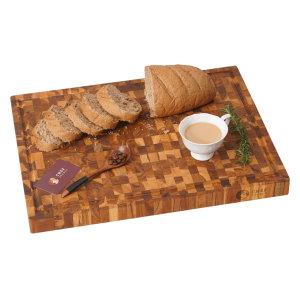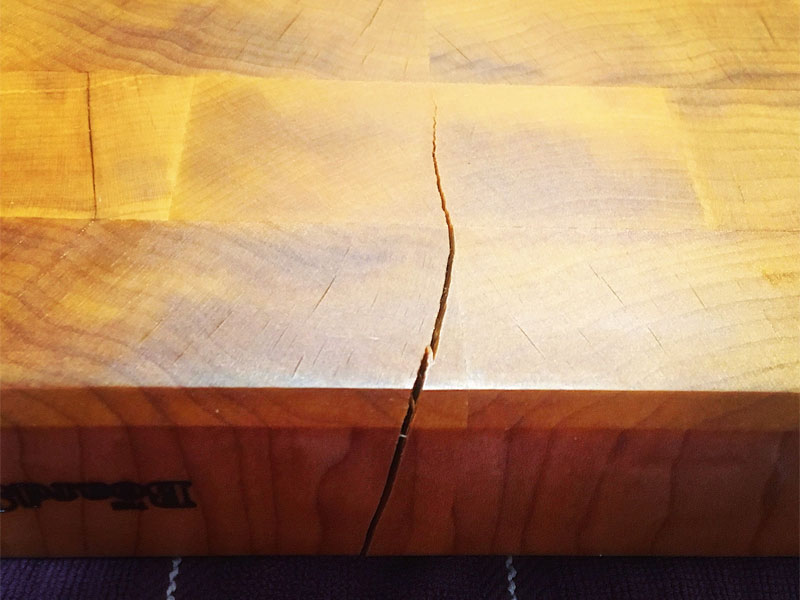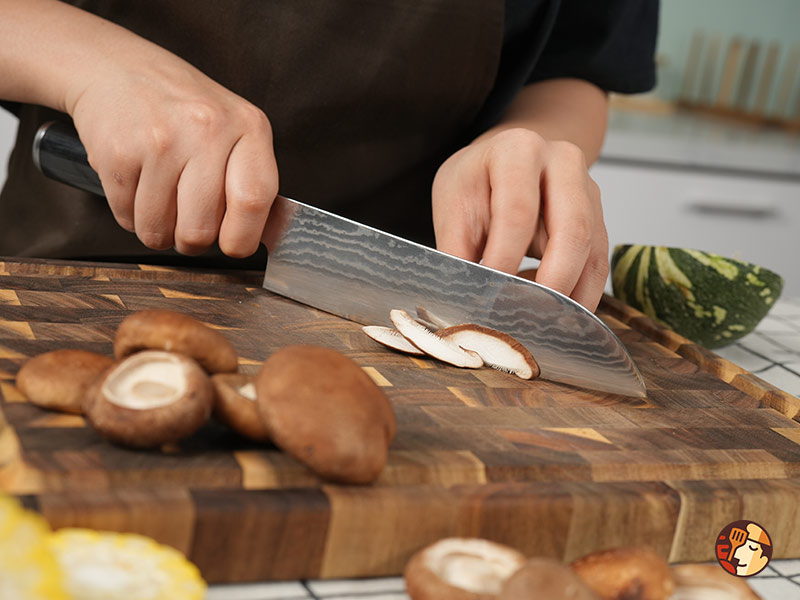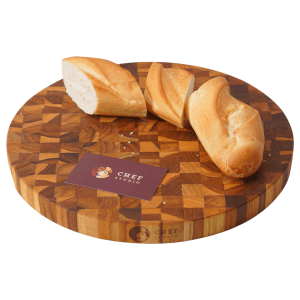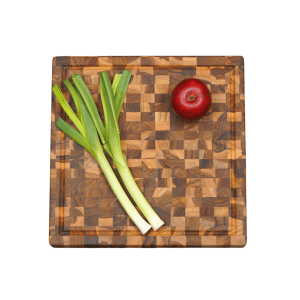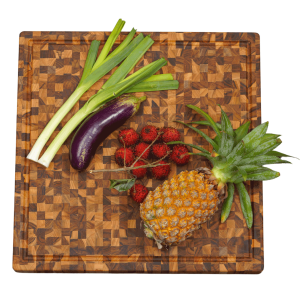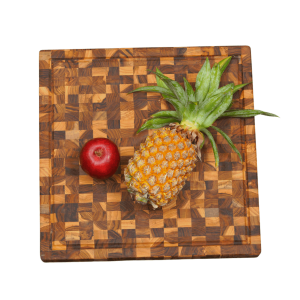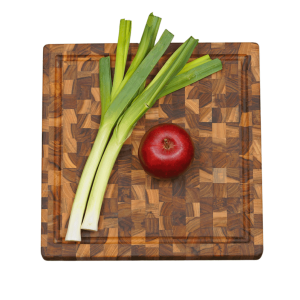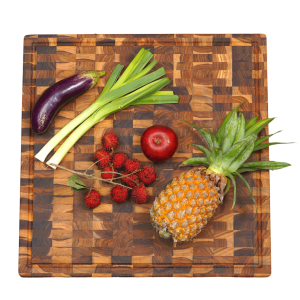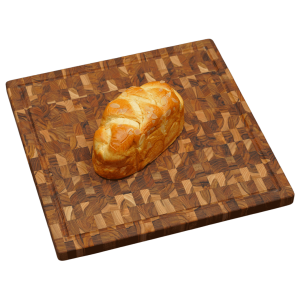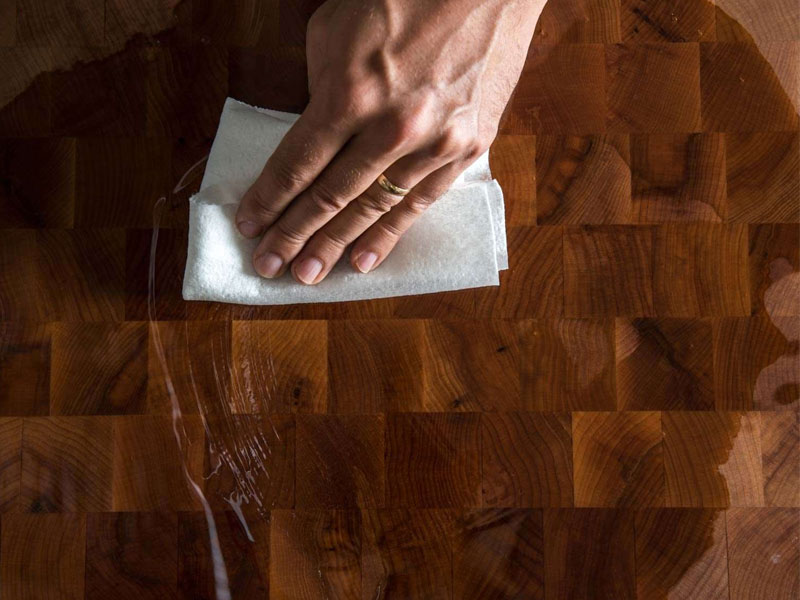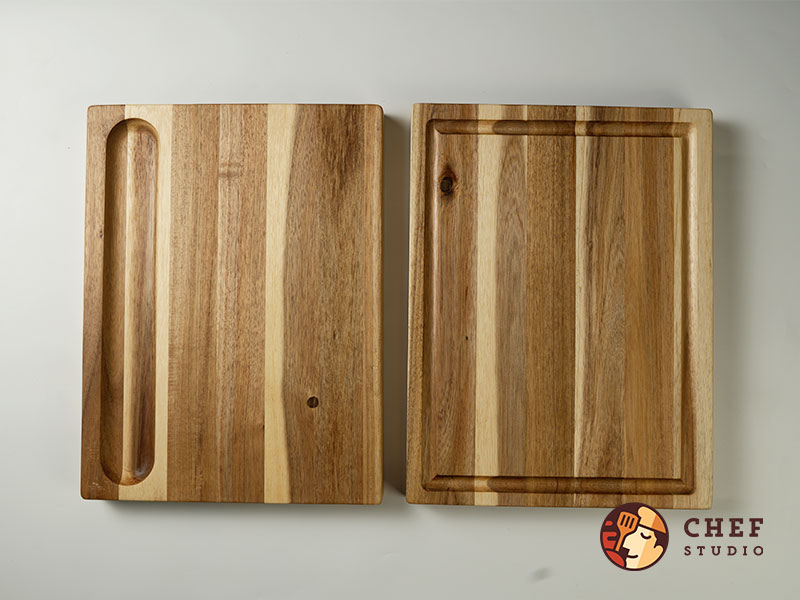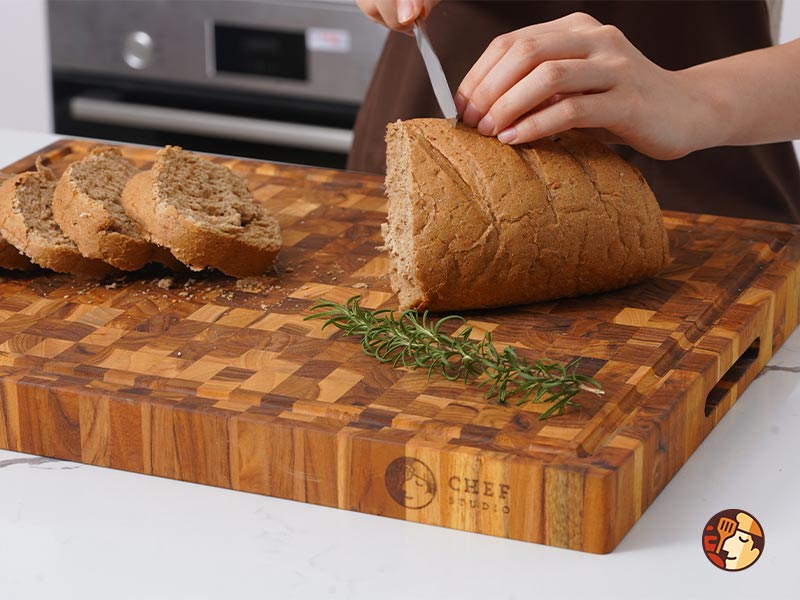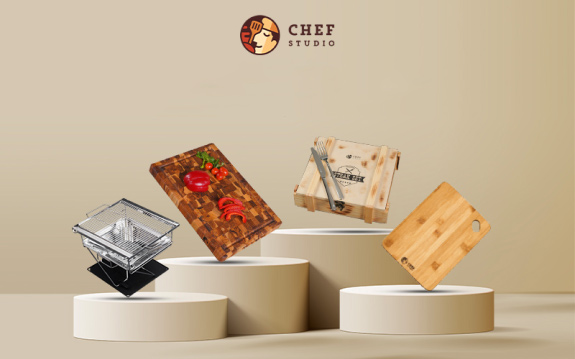7 steps to fix a cracked wooden cutting board
A cracked wooden cutting board doesn’t have to be discarded. With the right repair techniques, you can salvage it and extend its lifespan in your kitchen. Follow these steps of Chef Studio to fix the wooden cutting board cracking to its former glory.
Why is the wooden cutting board cracking?
Wooden cutting boards can split or crack due to several factors, ranging from natural aging to improper care and usage. Understanding why your wooden cutting board is splitting or cracking can help you prevent further damage and prolong its lifespan.
Moisture and humidity
Wooden cutting boards are highly susceptible to changes in moisture and humidity levels. Exposure to moisture, whether from washing without proper drying or prolonged contact with liquids, can cause the wood to expand and contract, leading to cracks over time.
Dryness and dehydration
Conversely, insufficient moisture and dehydration can also contribute to splitting and cracking in wooden cutting boards. When the wood becomes too dry, it loses its natural oils and elasticity, making it more prone to cracking, especially in areas of stress such as along the grain lines.
Temperature fluctuations
Extreme temperature changes, such as exposure to direct sunlight or proximity to heat sources like stovetops or ovens, can accelerate the drying process and cause the wood to shrink and crack. It’s essential to store wooden cutting boards in a stable environment away from heat sources to minimize temperature-related damage.
Incorrect maintenance
Improper care and maintenance practices, such as using harsh detergents, soaking the board in water for extended periods, or allowing it to air dry vertically, can weaken the wood fibers and contribute to wooden cutting board cracking. Additionally, neglecting to oil or condition the cutting board regularly can lead to dehydration and increased susceptibility to damage.
Knife pressure and usage
Excessive force applied during cutting, chopping, or slicing, especially with sharp knives, can create stress on the wood fibers and eventually lead to cracks. Using the cutting board as a makeshift surface for pounding or hammering can also cause structural damage over time.
Type of wood
The type of wood used in the cutting board and its construction play a significant role in its susceptibility to splitting and cracking. Low-quality or improperly seasoned wood, as well as boards with inherent defects or weak spots, are more prone to cutting board cracking. Additionally, cutting boards with glued joints or multiple pieces of wood may be susceptible to separation or delamination.
Chef Studio highly recommends using Acacia chopping boards and Teak cutting boards due to their durability, ability to maintain knife sharpness, and natural oil content in the wood fibers. This natural oil helps retain moisture and smoothness in the cutting board, preventing cracking, splintering, or warping over time.
7 steps to fix a split/cracked wooden cutting board
Fixing a split or cracked wooden cutting board is a straightforward process that can restore its functionality and prolong its lifespan. Here are the steps on how to fix a wooden cutting board broken in half:
Step 1: Begin by cleaning the cutting board thoroughly with mild soap and water. Rinse off any residue and allow the board to air dry completely before proceeding.
Step 2: Carefully inspect the cutting board to identify the location and extent of the split or crack. Determine if the damage is superficial or if it extends through the entire thickness of the board.
Step 3: For smaller cracks or splits, apply food-safe wood glue along the length of the damaged area. Use a brush or cotton swab to spread the glue evenly over the surface. For larger splits, consider using epoxy resin for a stronger bond.
Step 4: To fix a cracked wooden cutting board, gently press the cracked or split edges of the cutting board together to ensure a tight fit. If necessary, use clamps to hold the edges in place while the glue sets. Wipe off any excess glue with a damp cloth.
Step 5: Leave the cutting board undisturbed in a flat, dry place while the glue dries. Follow the manufacturer’s instructions for the recommended drying time, which typically ranges from a few hours to overnight.
Step 6: Once the glue has dried completely, use fine-grit sandpaper to smooth out any rough edges or excess glue residue. Sand the surface of the cutting board lightly to blend the repaired area with the rest of the board.
Step 7: To protect the repaired area and restore the natural beauty of the wood, apply a food-safe finish such as mineral oil or beeswax. Use a clean cloth to apply the finish evenly over the entire surface of the cutting board. Allow the finish to dry completely before using the cutting board again.
By following these steps, you can effectively fix a wooden cutting board splitting and ensure its continued usefulness in your kitchen. Regular maintenance and proper care will help prevent future damage and keep your cutting board in top condition for years to come.
How to keep wood-cutting boards from cracking?
Preventing cutting board cracking is essential for maintaining their durability and longevity in the kitchen. Here are some tips on how to keep wood cutting board from cracking and ensure your cutting board stays in excellent condition:
Season the cutting board
Regularly applying a food-safe oil or wax to the cutting board helps keep the wood hydrated and prevents it from drying out and cracking. Mineral oil, beeswax, or specialized cutting board oil are excellent options for seasoning.
Store properly
Store your cutting board in a cool, dry place away from direct sunlight and heat sources to prevent cutting board cracking. Avoid storing it near the stove, oven, or dishwasher, as exposure to heat and moisture can cause the wood to expand and contract, leading to cracks.
Use both sides
To distribute wear and tear evenly, flip your cutting board regularly and use both sides. This prevents one side from becoming overly worn and reduces the likelihood of cracks forming due to uneven stress on the wood.
Clean and dry immediately
After each use, wash the cutting board with warm, soapy water and dry it thoroughly with a clean towel. Avoid soaking the cutting board in water or allowing it to air dry upright, as excessive moisture can cause the wood to swell and crack.
Avoid harsh cleaners
One of the most significant ways how to keep cutting board from cracking is to refrain from using harsh detergents, bleach, or abrasive cleaners on your cutting board, as they can strip away the protective oils and accelerate drying and cracking. Opt for gentle dish soap and water for regular cleaning.
Read more: Top 5 best wooden cutting boards for meat for sale
Use proper cutting techniques
Avoid chopping or cutting directly on the surface of the cutting board with excessive force, as this can cause indentations and weaken the wood, making it more susceptible to cracking. Instead, use a gentle cutting motion and a sharp knife to minimize damage.
Resurface when needed
If you notice any signs of wear, such as deep scratches or grooves, consider sanding and resurfacing your cutting board to smooth out the surface and remove any imperfections. This can help prolong its lifespan and prevent cracks from forming.
In conclusion, preventing wooden cutting board cracking is essential for maintaining the functionality and longevity of these kitchen essentials. By implementing proper care and maintenance practices, such as regular oiling, avoiding exposure to extreme temperatures, and using appropriate cleaning methods, you can significantly reduce the risk of cracking.

